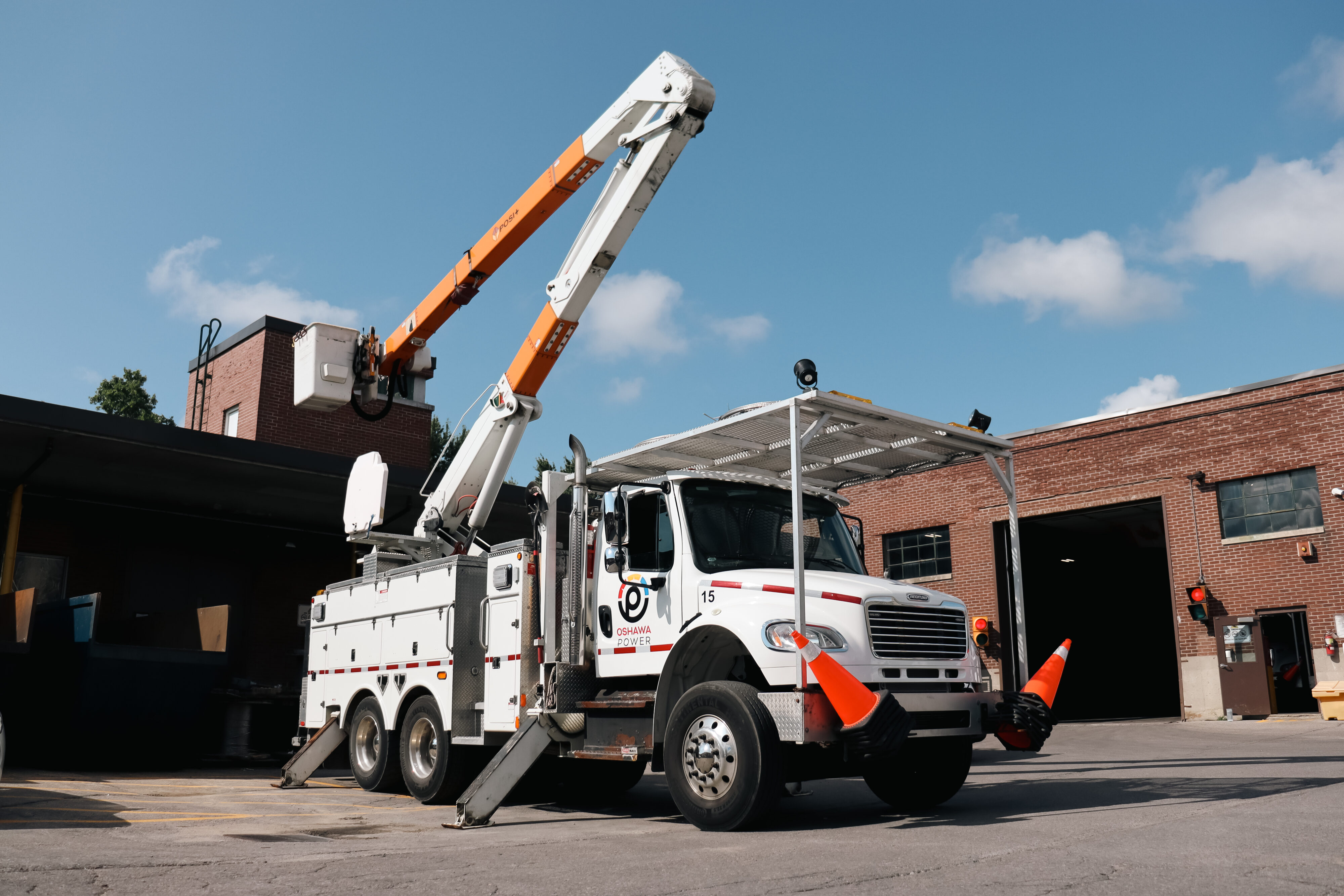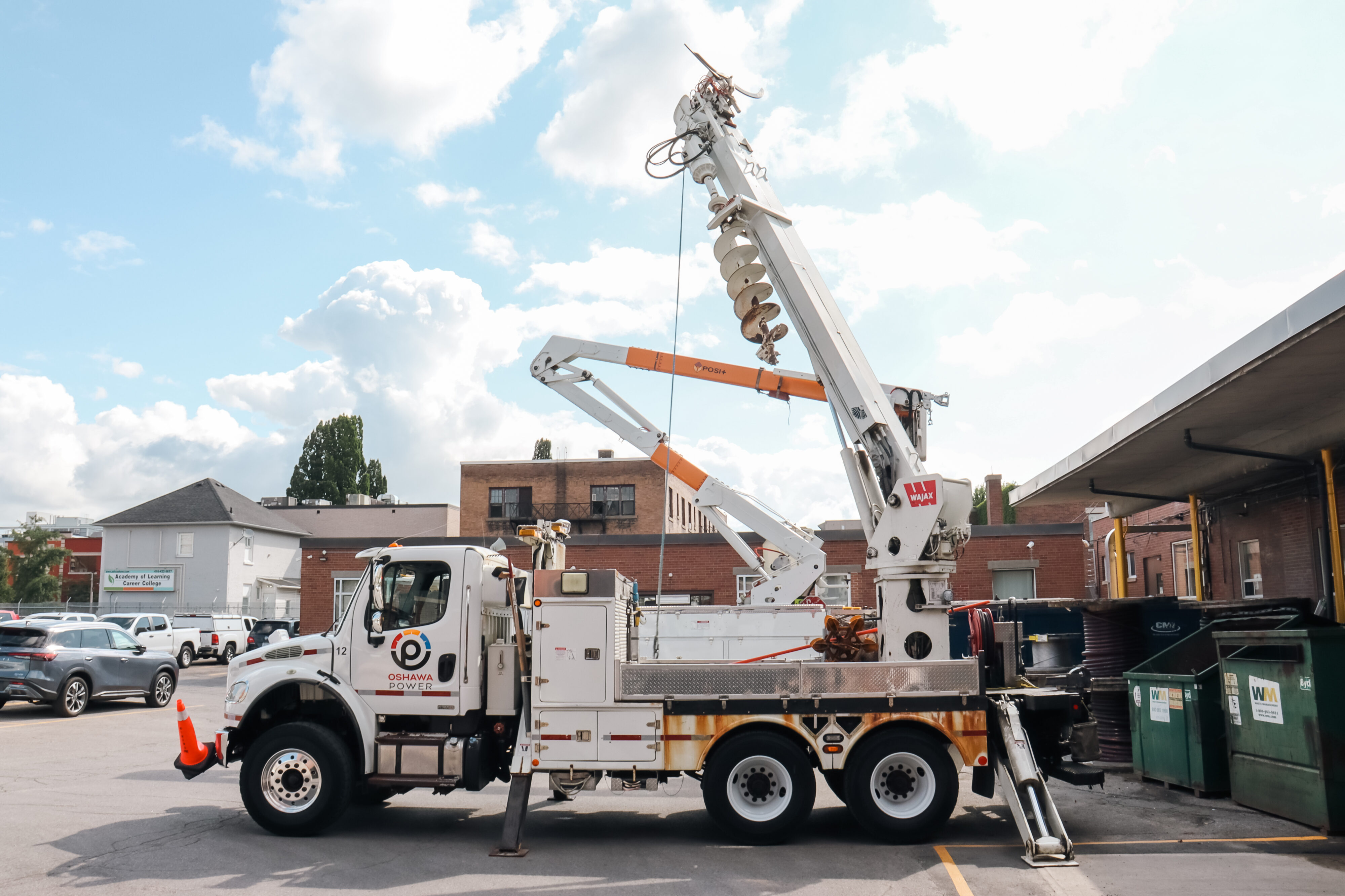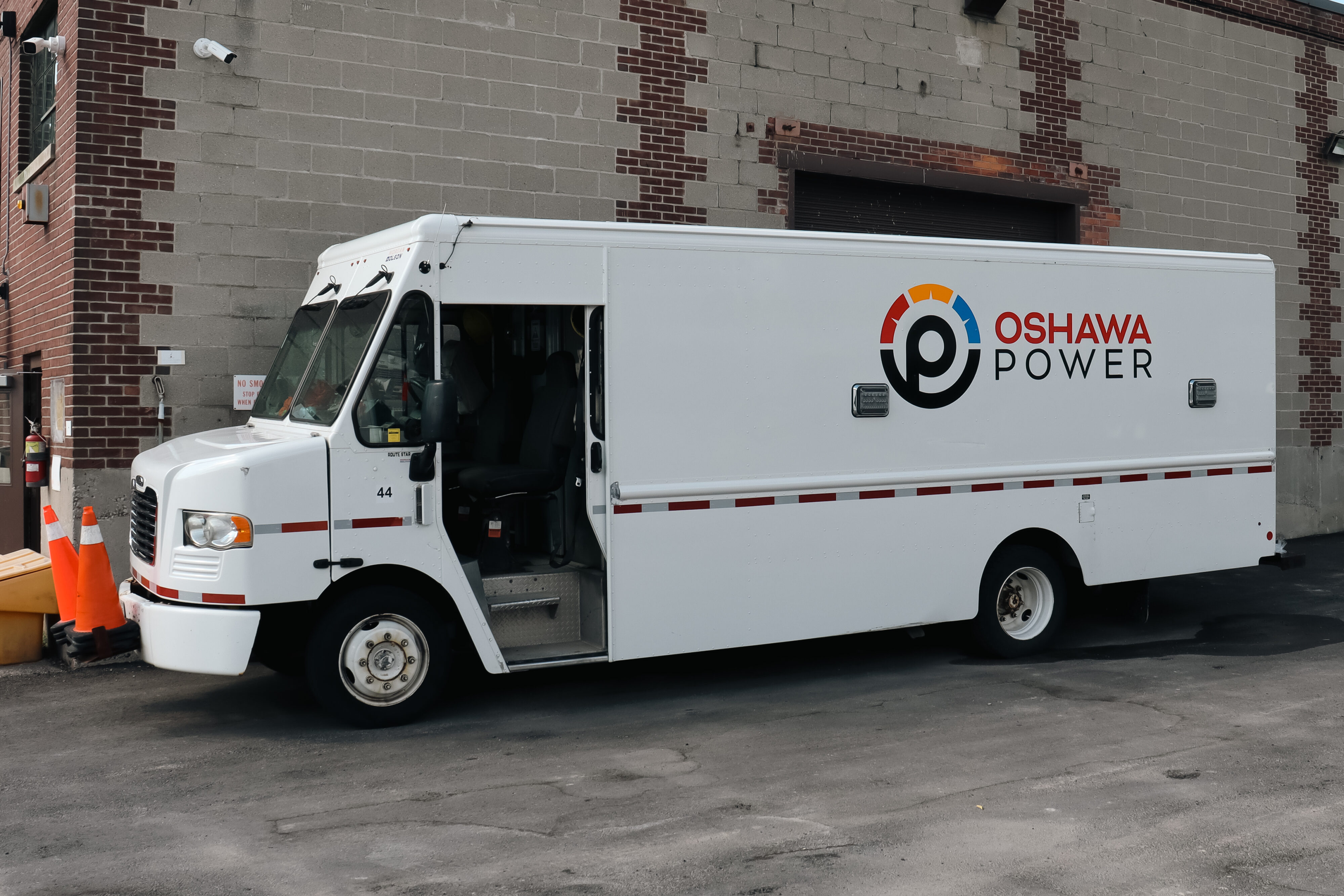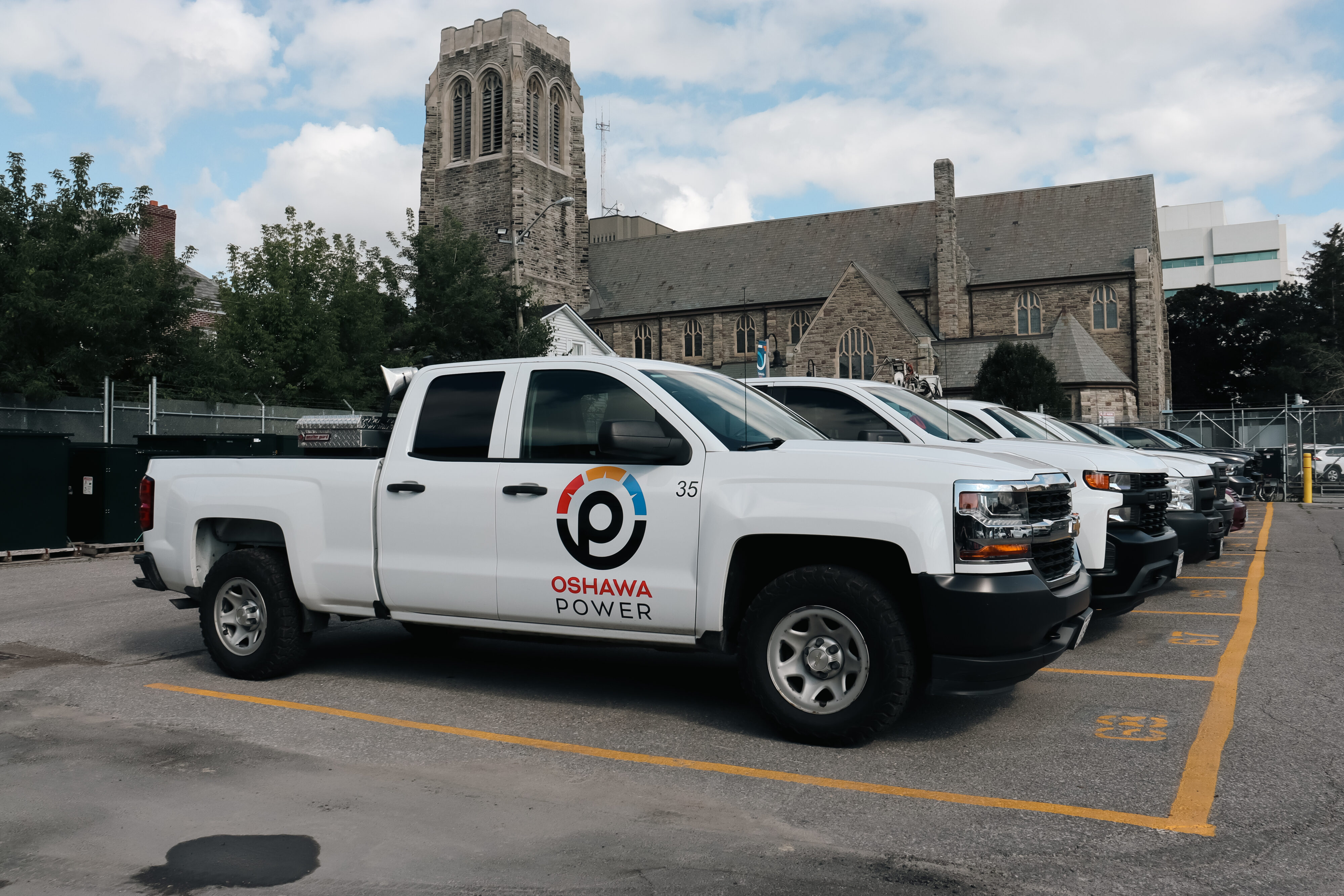Are you thinking about purchasing an electric vehicle (EV) or making big home renovations that will require an electrical service upgrade?
Whether you are looking for an electrical service upgrade, to connect a new electrical service, or need a temporary service for your construction project, we’ve made the process simple.
While impacts of renovations or added electrical devices on a home or business’ power supply are an oft overlooked issue, it is something you would be well served to understand before completing a project or purchase.
Any new services, upgrades, or temporary supplies must first be approved by our engineering team to ensure everything will be safe, reliable, and to control for potential impacts on connected infrastructure. Before we get into the simple process for submitting your request, let’s look at what these requests are and when you would need to consider a new, upgraded, or temporary electrical service.
New Electrical Service
Applying for a new electrical service is necessary when a new electrical service is required for a property or location not currently connected to our grid. The most common examples include:
New Construction
When a new residential, commercial, or industrial build is complete, a new electrical connection must be established to provide power to the new building or complex.
Subdivisions and Developments
Builders or property developers constructing a new subdivision, multi-residential building, or complex, will need to apply for a new electrical service to ensure that all buildings and/or units are connected.
Agricultural Operations
Farms and other agricultural operations will often need additional electric connections when a new farm, greenhouse, storage facility or other building is added on their property.
Remote or Off-Grid Locations
In areas where our grid currently does not offer service, any customer requiring an electrical connection will be required to contact our team about extending service to the location and setting up a new electrical connection.
Electrical Service Upgrade
Electrical service upgrades are an increasingly common request among our customers. As homes in our city continue to age, many homeowners are recognizing that their electrical service can no longer support their electrical needs.
While there are various reasons a customer may require an upgrade to a higher capacity electrical service, some of the most common reasons include:
Home Renovations and Additions
When homeowners plan to add additional rooms, split an existing home into multiple units, add new appliances, or otherwise plan to increase the electrical load in their home, an upgrade to their electrical service may be required to accommodate the additional demand.
Pool and/or Hot Tub Installations
The addition of a pool and/or hot tub to your backyard may require an upgrade to your electrical service. These systems often draw large amounts of electricity during operation that can create issues with your electrical service if it is not equipped to handle the load.
Heat Pump or Air Conditioner Installation
If you are looking at installing an air conditioning system in your home or are looking to switch away from gas heating to an electric heat pump, it is important to consider the capacity of your current service. These systems can drastically increase demand during peak use and may require an electrical service upgrade.
Electric Vehicle Charger Installation
Making the switch to an EV can be a great way to lower your carbon footprint and save on your personal transportation costs. However, if you plan on installing a Level-2 charger to charge your new EV at home, you will likely need to upgrade your electrical service.
Solar, Battery, or Generator Installation
Whether your goal is to save on electricity costs, lower your carbon footprint, or ensure you have a backup power supply, the installation of these devices can often cause issues with lower capacity services. Before moving forward with installation, it is best to determine if you will need an electrical service upgrade ahead of time.
Temporary Service
A temporary service request is necessary when a customer needs electrical service for a short-term or temporary purpose. Some common situations in which a temporary service request would be required include:
Construction Sites
Contractors and builders will often require a temporary electrical service during the construction or renovation process in order to power their tools, equipment, and any necessary temporary structures.
Special Events
Event organizers hosting outdoor festivals, concerts, or fairs may require a temporary electrical service in order to power for event-related needs such as rides, vendors, stages, etc.
Building Additions
In certain situations, additions to an existing home or building may not be able to connect to the existing service and the owner or contractor responsible for the project may request a temporary service until a permanent connection can be established.
Emergency Situations
When disaster strikes temporary power supplies can be required to help power emergency services and other critical infrastructure in the aftermath.
Temporary Retail
Seasonal or pop-up retail outlets may need temporary electrical service to operate necessary cash registers, lighting, and heating and cooling systems.
Our Simple Process
As always, any electrical work around your home must be completed by a licensed electrical contractor. Some people think DIY electrical work can help save money on a project, but the risk of harm and/or fire are never worth the reward and, in Ontario, hiring a licensed electrical contractor is the law.
The process for an electrical service upgrade, new connection, or temporary power supply can be broken down into these steps:
Application Submission
The first step in the process is to submit an online application to our team. It is important to note that our application requires both your information and the information of your chosen electrical contractor that will help you complete the work. Without your electrical contractor’s information, our team cannot process your application.
Assessment
Once you have submitted your application, our engineering team will reference the information provided and determine the specific requirements for your service request, including the required fees to complete the request.
Installation
Once your application has been approved and any required fees are approved, our team or your licensed electrical contractor can proceed with the necessary work required to complete your request.
Inspection
After completion, your project will undergo inspection to ensure all safety and regulatory requirements are met. Once the inspection is complete, it can be energized and ready to power your completed project!
No matter the type of request, it is important that you work closely with our team and complete all necessary applications before incurring any costs associated with your project. Oshawa Power is committed to keeping our grid as safe and reliable as possible and through following proper processes, we can help make sure your project is completed safely and adheres to all local electrical safety standards.














